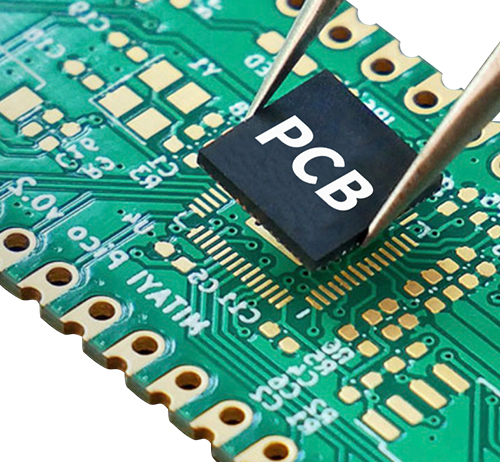Time:2022-07-14 Visit:
We will encounter various safety spacing problems in the usual pcb circuit board design, such as the spacing between vias and pads, the spacing between traces and traces, etc., which we should consider. The place. Then we divide these spacing requirements into two categories today, one is: electrical safety spacing; the other is: non-electrical safety spacing.

1. Spacing between wires:
According to the production capacity of pcb circuit board manufacturers, the spacing between traces should not be less than 4MIL. The line spacing is also the line-to-line and line-to-pad spacing. Then, from our production point of view, of course, the bigger the better under conditions. General conventional 10MIL is more common.
2. Pad aperture and pad width:
According to the PCB manufacturer, the diameter of the pad should not be less than 0.2mm if it is mechanically drilled, and not less than 4mil if it is laser drilled. The hole diameter tolerance is slightly different depending on the plate. Generally, it can be controlled within 0.05mm. The pad width must not be less than 0.2mm.
3. Spacing between pads:
According to the processing capability of the PCB manufacturer, the distance between the pads should not be less than 0.2MM.
4. The distance between the copper skin and the edge of the board:
The distance between the charged copper sheet and the edge of the PCB is not less than 0.3mm. If it is a large area of copper, there is usually a shrinking distance from the edge of the board, which is generally set to 20mil. Under normal circumstances, engineers often shrink large-area copper blocks by 20 mils relative to the edge of the board for mechanical considerations of the finished circuit board, or to avoid curling or electrical short-circuits that may be caused by the exposed copper skin on the edge of the board. Instead of laying copper all the way to the edge of the board. There are many ways to deal with this copper shrinkage. For example, draw the keepout layer on the edge of the board, and then set the distance between copper and keepout